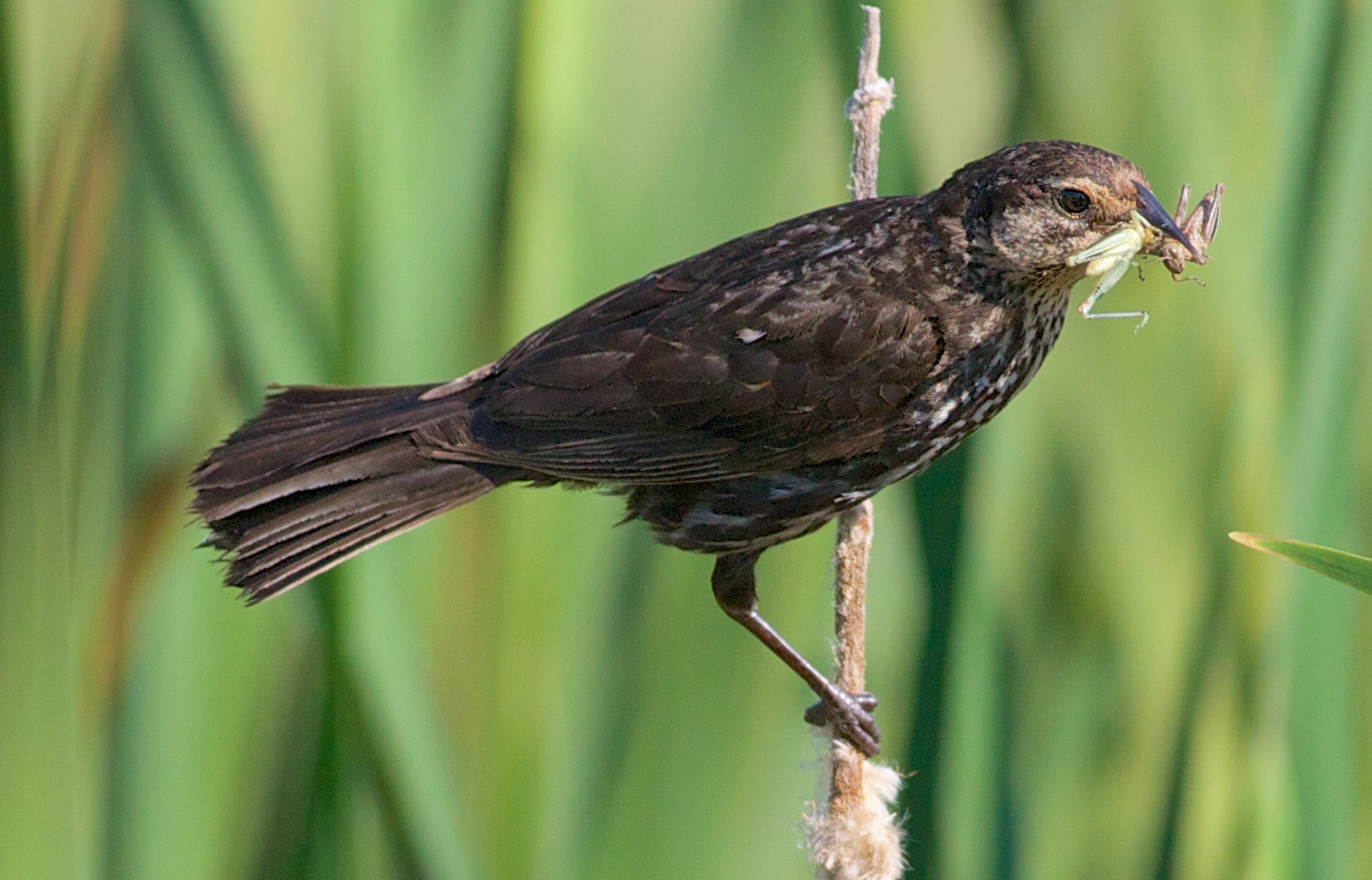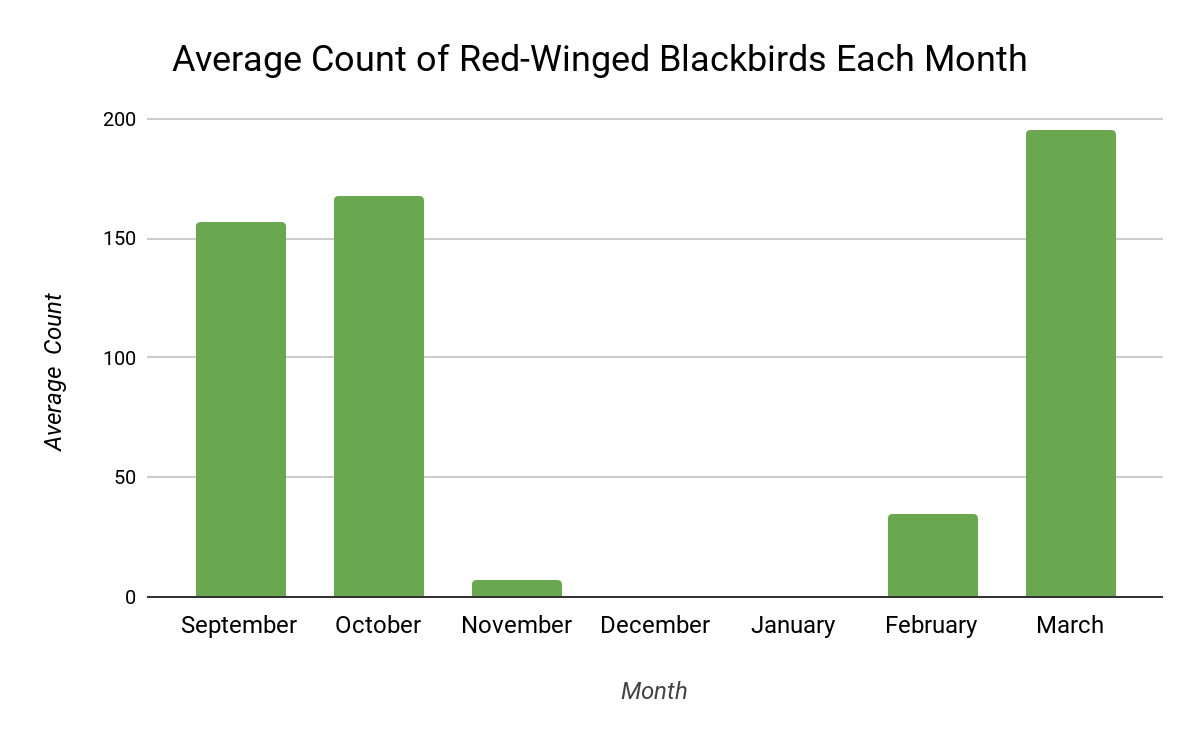The black-capped chickadee is one of the most common birds in the northern United States, and one of the most extraordinary. Not to say other birds are less extraordinary, rather their capabilities have not been realized to the degree with which we have studied the black-capped chickadee. Case in point: a 362-page book on the species, The Black-Capped Chickadee: Behavioral Ecology and Natural History.
Photo by Kelly Colgan Azar
Most impressive, perhaps, are studies of black-capped chickadee songs and calls that have uncovered a vast treasure of meaning. With over 16 different vocalizations, chickadees can communicate a wide variety of information. For instance, the “fee-bee” call indicates a male’s territory and attracts mates. That familiar “chick-a-dee” song conveys a number of messages to wintering flocks of chickadees; the number of “dees” at the end is associated with the threat of the predator. Smaller raptors like cooper’s hawks and kestrels register more “dees” than a red-tailed hawk or great horned owl. Research has also shown that the chickadees are responding to cues of bird size and even species; when bobwhite quail were placed with chickadees, no alarm calls were made.
Thus, a single call (“chick-a-dee”) not only indicates a threat, but it indicates a threat to a certain degree. While this alarm call obviously alerts flocks of chickadees to predators, it also calls to action nearby birds of the mixed flock. Nuthatches, woodpeckers, kinglets, and creepers will respond to these calls and mob predators.
Photo by Mick Thompson
Black-capped chickadees overwinter in Wisconsin, and for such a small bird to survive the cold turn of the seasons, it has to develop remarkable adaptations. While the summer diet of black-capped chickadees consists almost entirely of insects, and mostly caterpillars (you can help chickadees with those caterpillars, according to recent research, by planting mostly native plant species), winter chickadees feed on about 50% plant matter. In order to prolong certain available foods items, chickadees cache food in crevices and cavities in trees. Over the course of fall and winter, chickadees will cache and retrieve thousands of food items.
In one study, black-capped chickadees retrieved preferred food items over non-preferred types. This same study found chickadees to have episodic memory, able to discriminate using both time of day and elapsed time to determine where the freshest mealworms were located. These are remarkable findings of such a small, often overlooked bird.
Photo by Mick Thompson
Adding onto these studies, further research has proven an expansion of the hippocampus, important for spatial organization and memory, in black-capped chickadee during fall and winter, increasing volume of the hippocampus up to 30%. By caching an extraordinary number of food items, these chickadees achieve brain growth during adulthood, a unique and resourceful adaptation.
I envy the plasticity of the black-capped chickadee, for fall seed collecting at Faville Grove might become much easier with a hippocampus a third larger than my spring and summer brain. I value the chickadee for its soulful winter song, a cheery and longing embrace of December. You can find chickadees throughout wooded areas of Faville Grove Sanctuary this winter. When you observe these birds, try to recall all of these amazing facts about the black-capped chickadee, and realize that the chickadees you are watching might be retrieving, from a catalog of thousands of seeds, a specific dogwood berry, which will provide the bird with just the right fat content to survive the coming cold front.
Written by Drew Harry, Faville Grove Sanctuary land steward





















